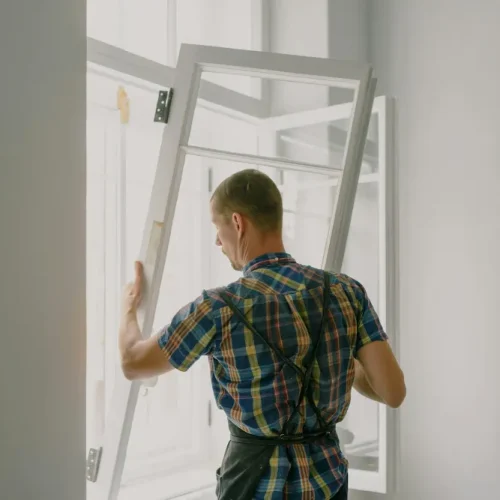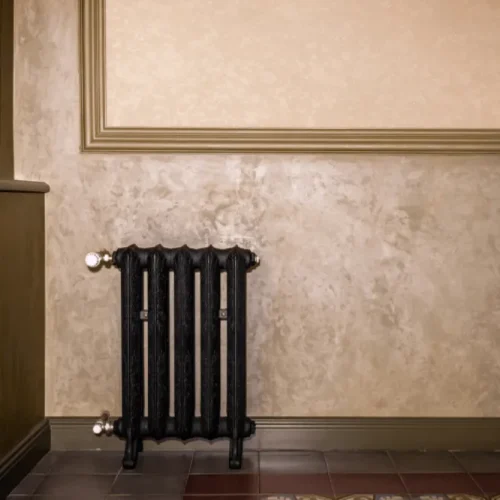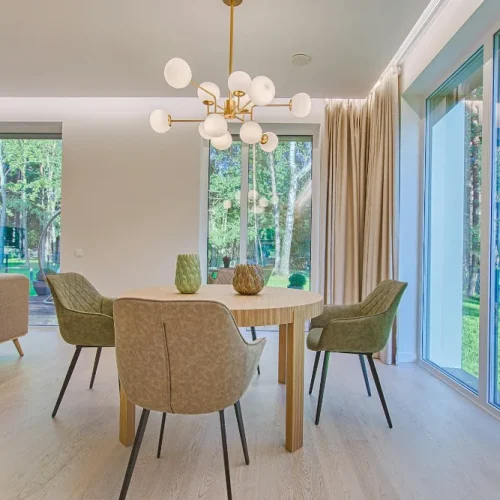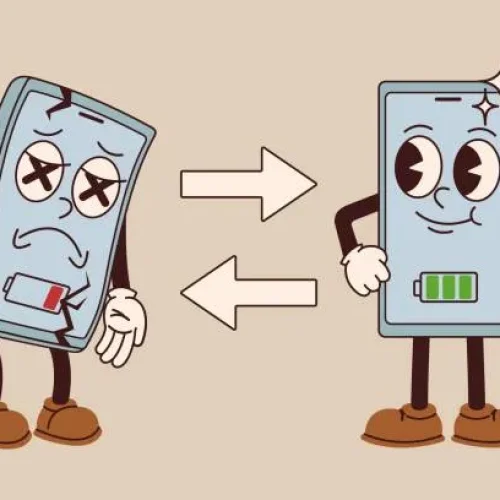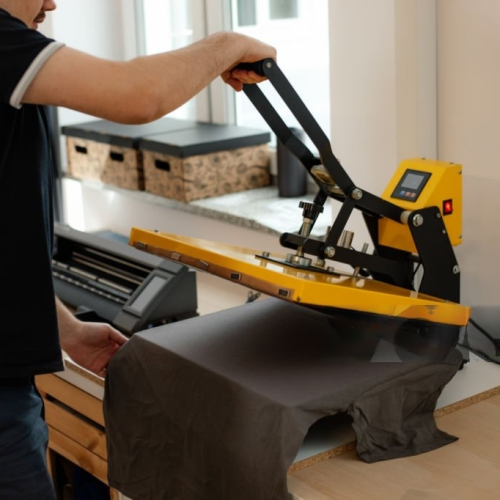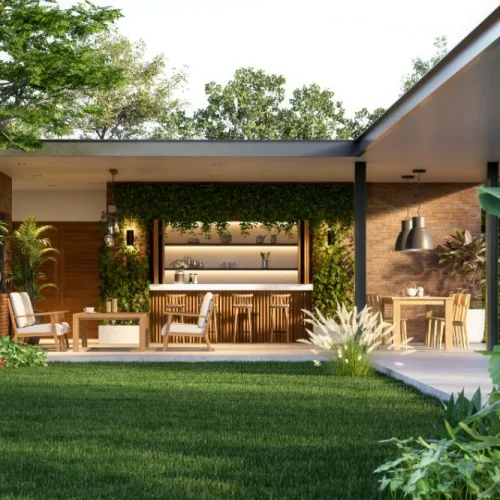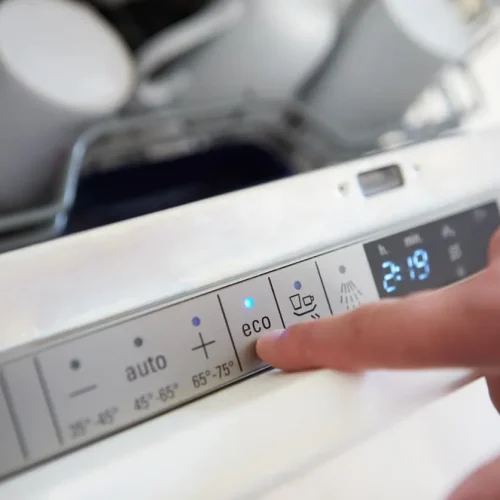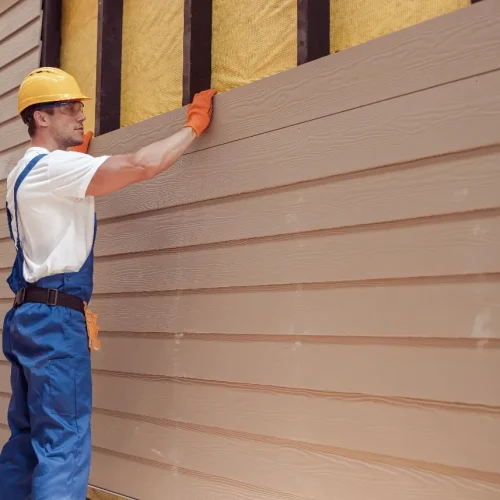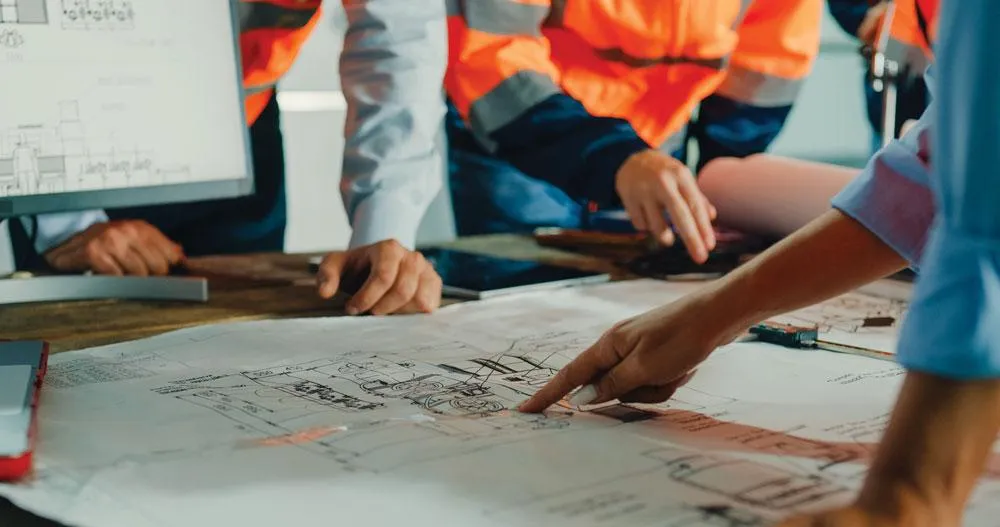
The construction industry is witnessing a wave of innovation, with new techniques and materials making their way into both residential and commercial building projects. As homeowners and builders alike seek better solutions, they’re increasingly turning to methods that not only enhance the efficiency of construction but also promise long-term savings and sustainability. These new techniques are revolutionizing how we think about building, from faster timelines to more environmentally friendly options. Let’s dive into some of the innovative construction techniques shaping the future of the industry.
The Evolution of Construction Techniques
Traditionally, construction relied on time-tested methods, using basic materials like wood, steel, and concrete to build homes, office buildings, and infrastructure. While these methods have served us well for centuries, they also come with limitations, such as long build times, high costs, and inefficiencies in material usage.
Today’s construction landscape is drastically different. As the demand for faster, more sustainable, and cost-effective building solutions grows, so does the need for innovation. Builders and homeowners alike are pushing the boundaries of what’s possible, seeking methods that can reduce waste, minimize labor costs, and improve the overall quality of construction. This evolution of construction techniques marks a significant shift, with new technologies offering exciting possibilities for the future of the built environment.
Cutting-Edge Construction Techniques
Modular and Prefabricated Construction
One of the most groundbreaking changes in construction today is the rise of modular and prefabricated buildings. Modular construction involves assembling components of a building off-site in a controlled environment, which are then transported and installed at the final location. This technique offers several key benefits, including faster construction times, reduced labor costs, and less waste.
Modular homes, for example, can be built in a fraction of the time it takes for a traditional home, while still maintaining high-quality standards. Prefabricated homes are also customizable, allowing homeowners to choose the design elements they want while taking advantage of quicker build times. With modular construction, builders can streamline their processes, offering clients a more affordable and efficient way to build their dream homes.
3D Printing in Construction
Though it may sound like something out of a science fiction movie, 3D printing in construction is becoming a reality. This technology involves using large-scale 3D printers to create building components or even entire homes. With 3D printing, builders can create highly customized designs, incorporating complex shapes and unique structures that would be difficult to achieve with traditional methods.
One of the most compelling aspects of 3D printing in construction is its potential to reduce material waste. The printer uses only the precise amount of material needed for each part, leading to significant cost savings and less environmental impact. Additionally, 3D printed structures are often quicker to construct, allowing for faster project completion. While it’s still a relatively new technology, the future of 3D printing in construction holds enormous promise.
Sustainable and Green Building Techniques
As sustainability becomes an increasingly important consideration in construction, green building techniques have gained popularity. These methods focus on using sustainable materials, energy-efficient designs, and environmentally friendly construction practices to minimize the environmental footprint of a building.
For example, green roofing, which involves installing vegetation on rooftops, can help reduce energy consumption by providing insulation and reducing the heat island effect. Passive house design, which aims to create ultra-low-energy buildings that maintain comfortable temperatures without relying heavily on mechanical heating or cooling, is also gaining traction. Builders are also opting for eco-friendly materials such as bamboo, recycled steel, and composite decking to reduce waste and improve the overall sustainability of a project.
One area where sustainable building is making a significant impact is in the selection of decking materials. While traditional wood decking has been the go-to choice for many homeowners, composite decking is quickly gaining popularity due to its durability, low maintenance, and environmentally friendly properties. Composite decks are made from a blend of recycled wood fibers and plastic, offering a long-lasting alternative to natural wood.
This shift toward eco-conscious building practices is not just limited to residential homes. Commercial buildings are also incorporating green building techniques, striving to reduce their carbon footprint and improve energy efficiency. The rise of eco-friendly materials and design practices is a crucial step toward a more sustainable future in construction.
Smart Home Integration During Construction
As technology continues to advance, smart home systems are becoming an integral part of the construction process. Rather than adding smart devices to a home after it’s built, more builders are now incorporating these systems during the construction phase. This allows for a seamless integration of automation, security, and energy management features from the very beginning.
Smart homes can include systems for controlling lighting, heating, cooling, security, and entertainment, all of which can be monitored and controlled remotely via smartphone apps. This integration not only enhances convenience but can also help homeowners save money on energy bills by optimizing usage. As smart home technology continues to improve, we can expect more innovative solutions to emerge, offering even greater control and efficiency.
Cross-Laminated Timber (CLT)
For those looking to reduce the environmental impact of their construction projects while still ensuring structural integrity, cross-laminated timber (CLT) is an exciting new material. CLT is made by bonding layers of wood together in a crosswise pattern, creating a strong, fire-resistant, and environmentally friendly building material.
CLT is an excellent alternative to traditional concrete and steel in certain applications, such as mid-rise buildings. It’s lightweight, durable, and offers significant environmental benefits, as it sequesters carbon and is sourced from renewable timber. As demand for sustainable materials grows, CLT is expected to become an increasingly popular choice for both residential and commercial construction.
Advanced Insulation Materials
Another innovation making waves in the construction industry is the use of advanced insulation materials. Modern insulation products, such as spray foam, reflective insulation, and eco-friendly options like sheep’s wool and cellulose, are revolutionizing how we think about energy efficiency in buildings.
These advanced materials help maintain comfortable indoor temperatures year-round by providing better thermal resistance than traditional insulation. As a result, homeowners can enjoy lower energy bills and a more comfortable living environment. By using eco-friendly insulation options, builders can also reduce the environmental impact of their projects while improving overall sustainability.
Choosing the Right Decking for Your Outdoor Space
When designing your ideal outdoor living area, one of the most important decisions you’ll face is selecting the right decking material. With options like stone and composite decking, it’s essential to weigh the pros and cons of each to determine which best fits your needs.
In the debate of stone deck vs composite, stone decks are a beautiful, durable option, providing a timeless and classic look. They’re strong and can withstand the elements over time. However, stone decks tend to come with a higher price tag and require more maintenance, such as occasional sealing and cleaning to preserve their appearance and integrity.
On the other hand, composite decking is a popular choice due to its lower maintenance needs and sustainable benefits. Made from a blend of recycled materials, composite decking offers great durability and comes in a variety of styles to suit different tastes. Unlike stone, composite decking doesn’t need staining or sealing and resists fading or warping, even under harsh weather conditions. Additionally, composite decking is an eco-friendly option, appealing to homeowners who want to reduce their environmental impact while enjoying a long-lasting and attractive outdoor space.
Ultimately, while both stone and composite decking have their merits, composite is often the more practical choice for homeowners looking for a cost-effective, sustainable, and low-maintenance solution.
The Future of Construction: Trends to Watch
Looking ahead, the future of construction promises even more exciting innovations. AI and robotics are expected to play a significant role in streamlining the construction process, from automated building designs to robotic bricklaying. As the industry continues to embrace new technologies, we’ll see even more opportunities for customization, efficiency, and sustainability.
Additionally, new building materials are constantly being developed, offering solutions that are stronger, lighter, and more sustainable. As the world faces increasing challenges related to climate change, the construction industry is evolving to meet these demands, with a focus on resilient, energy-efficient, and environmentally responsible building practices.
Conclusion
The construction industry is no longer limited to traditional building methods. From modular homes and 3D printing to sustainable materials and smart home integration, the possibilities for innovation are endless. By embracing these new techniques, builders and homeowners can create homes that are more cost-effective, environmentally friendly, and future-proof. As we continue to push the boundaries of what’s possible in construction, the future looks brighter than ever.

